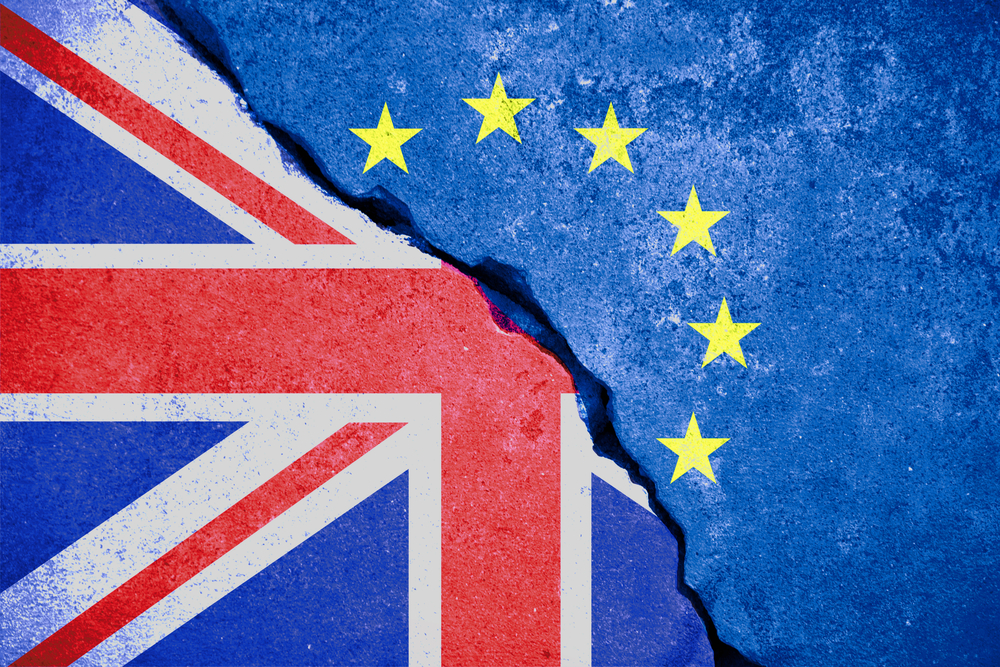Outside of the fundamental analysis we have to continually conduct, concerning the economic calendar events that are released and published each trading day, we also have to develop skills in order to learn how to analyse technical analysis. Whilst we have to learn to analyse both of these distinct and influential factors, we also have to keep a weather eye on quickly moving political events.
As we’ve discovered in 2017, just one tweet from president Trump can cause the value of the U.S. dollar, or the value of the main USA equity indices, to rise or fall. Similarly, the fiscal policies of a particular government can effect the value of various securities, as evidenced by The Republicans’ tax reform programme, which arguably has been the reason why certain equity indices (such as the DJIA) have risen by approx. 28% year on year.
There are always dominant political issues that we have to monitor outside of the scope of our fundamental and technical analysis, in 2017 the Trump tax reform has been one, North Korea tensions another. USA protectionism, Brexit, elections (whether snap or planned) are others. Many of these recurring themes actually have far more impact on our: forex, commodity and equity markets than daily, fundamental, economic calendar news. For example; although it’s not been linear, unbroken, growth and progression, the SPX has risen by 22%.
The change to Republican government and the promised tax reductions, have been the main driver of this SPX surge, not the overall health of the USA economy (which has been benign according to many hard data stats), or increased corporate earnings. This growth and the circa 28% growth in the DJIA index, has steadily increased during the year since Trump’s inauguration. In terms of a securities’ trade, going long on a basket of USA equity indices, would have been one of the simplest and most profitable bets we could have taken during 2017.
One of the most dominant economic and political themes we’ve experienced and at times endured during 2017 has been the subject of Brexit, and this issue has had a profound impact on the value of the U.K. pound, albeit (arguably) less of an impact in 2017, versus 2016. Versus its two main peers, the euro and U.S. dollar, sterling has undergone dramatic changes in value in 2017. For example; in early January GBP/USD fell just below 1.20, in early December it’s trading at 1.33, having reached approx. 1.36 in September. If we pull up a monthly time frame for 2017, then we’ll see a clear progression of the major currency pair’s rise during the year. Naturally a weekly or daily time frame paints a very different picture, given that the rise has not been unbroken.
The June 2016 referendum result was a seismic market event for the U.K. currency, causing an immediate sell off. Since the plunge of GBP/USD to circa 1.19 in January and the rise of EUR/GBP to circa 93.00 in late August 2017, sterling has recovered versus these two major peer currencies and subsequent to these recent highs/lows, the fluctuations in price has been more restrained. The trading range, when observed through the lens of a higher time frame, has been contained.
In recent weeks the Brexit issue has reached a critical stage, the U.K. government has to resolve several critical conditions to the satisfaction of its current E.U. partners in order to move onto trade talks. The conditions for trade talks to occur are: rights of E.U. citizens to remain in the U.K., paying a divorce bill, settling the Irish border issue and agreeing to be governed by the European court of justice and its jurisdiction, during any transitional period.
Despite the chaos and debacle, with Brexit negotiations appearing to take a terminal hit earlier this week, the pound held up well versus its main peers, which has led many analysts to begin to ponder if there are now long term support levels in place, relating to the value of sterling versus its peers. Has the pound fallen to its lowest Brexit value already, set in January versus the U.S. dollar and August versus the euro? Or, if the U.K. has to default to its nuclear option; a WTO rules hard Brexit, can the pound crash and reach parity with both of its major peers?
What is for sure is that this week we’ve experienced wild whipsawing in relation to the value of sterling versus its peers as Brexit news has broken, however, the fluctuations have been in relatively tight ranges; we haven’t seen sterling collapse, despite Brexit talks hitting the buffers earlier this week. But in such a fluid and fast moving market, with the political landscape and ground likely to shift at any time, the changes in the value of the pound could be extreme during the remaining fourteen months, before the U.K. finally divorces itself from the E.U. in March 2019.





